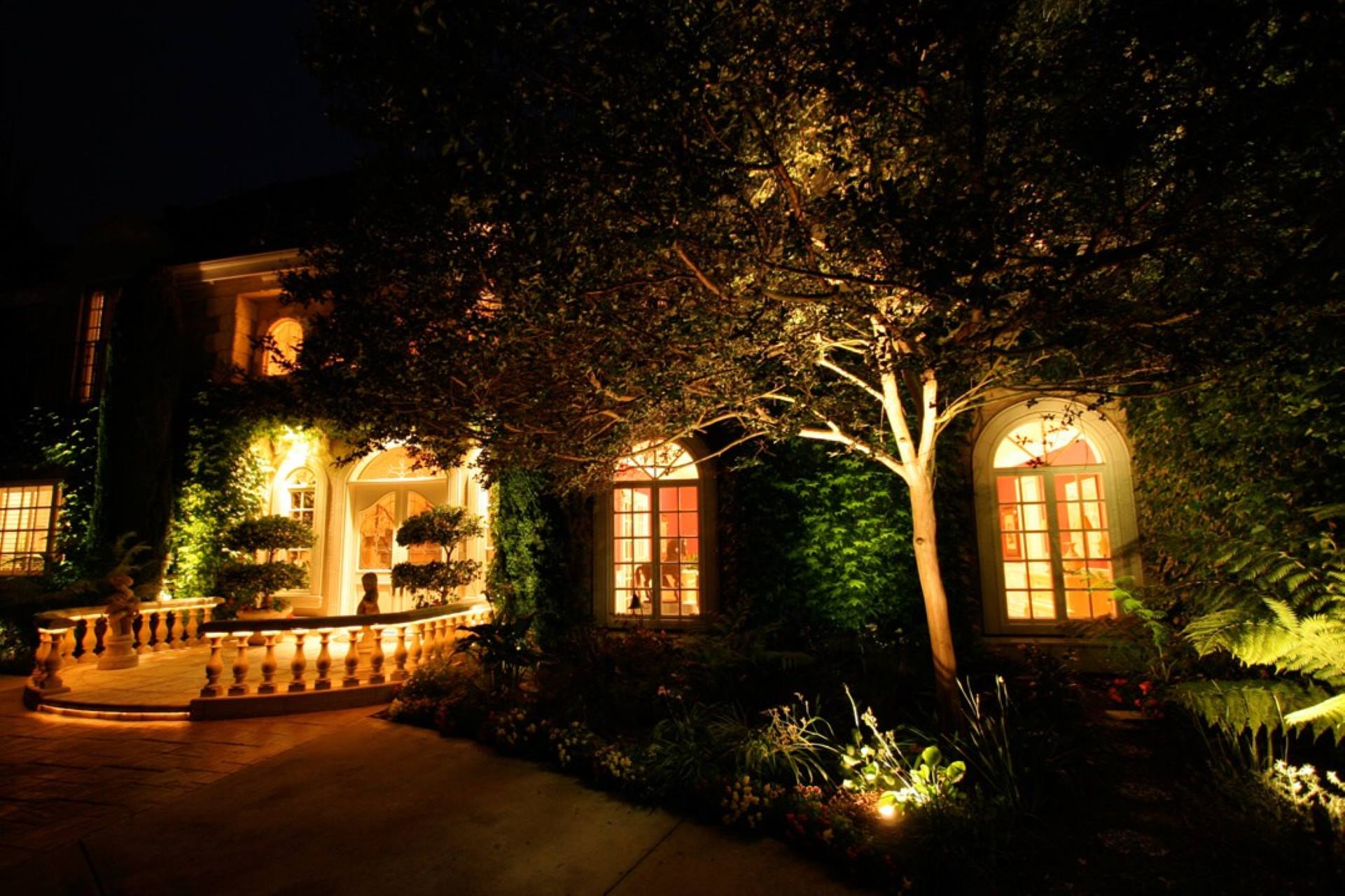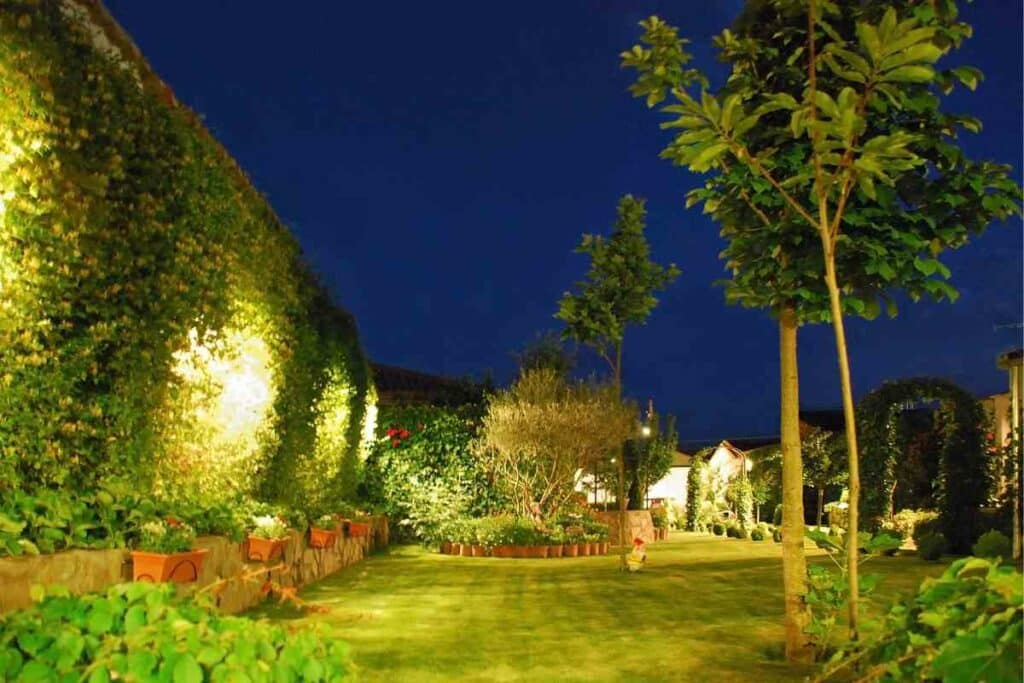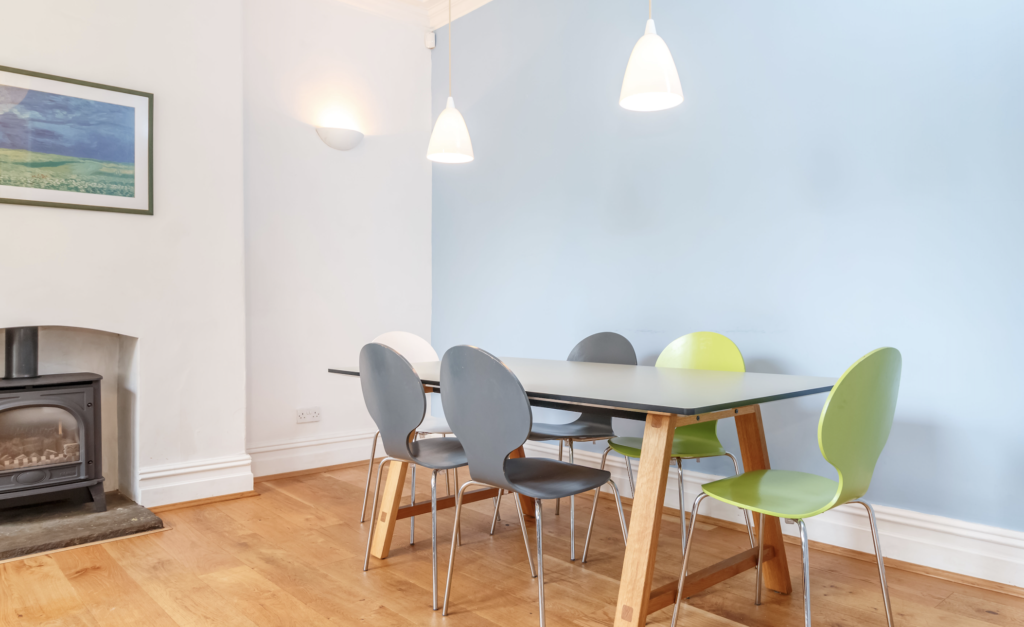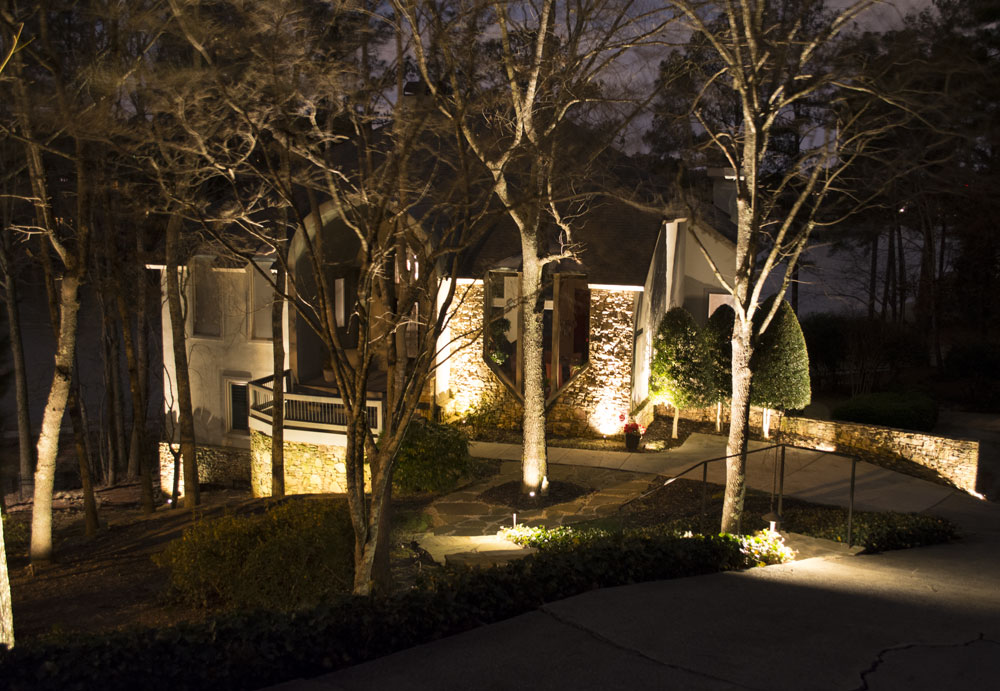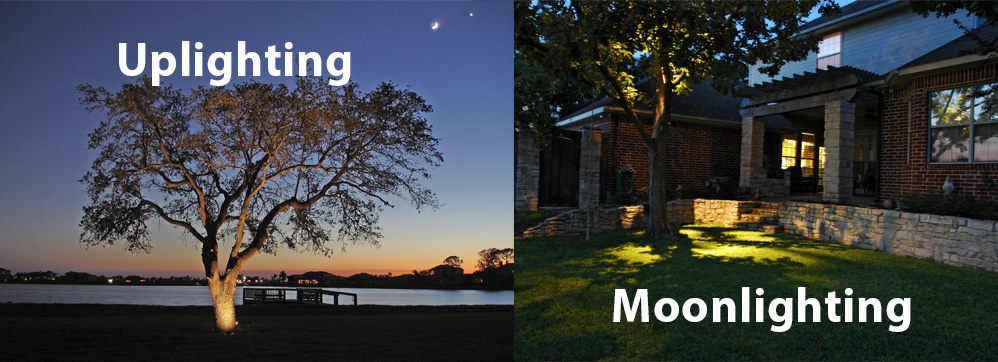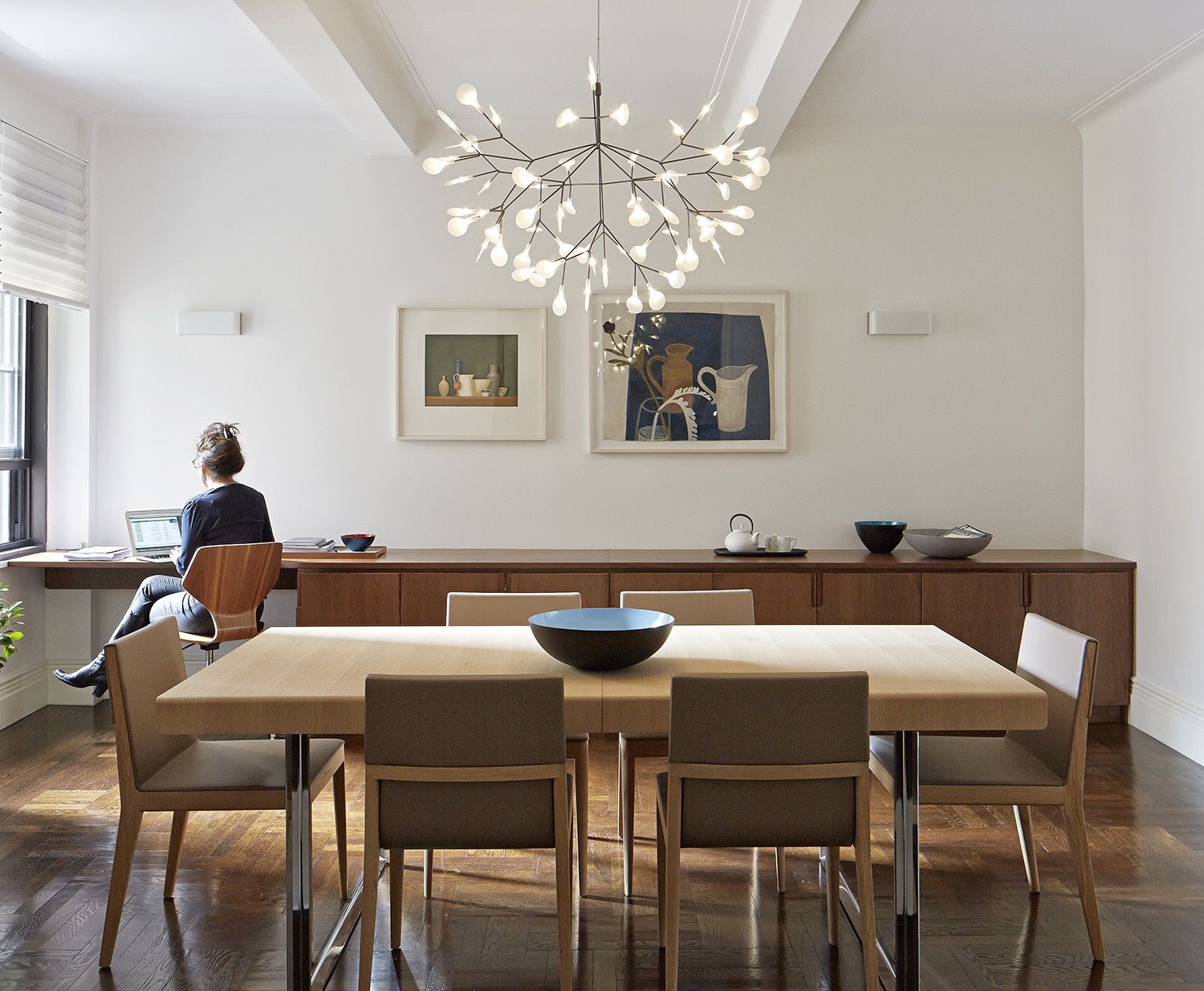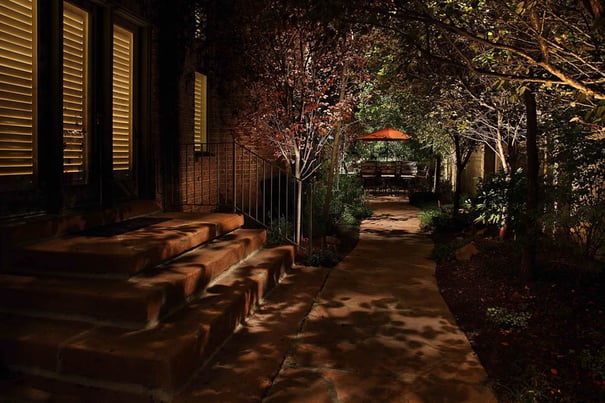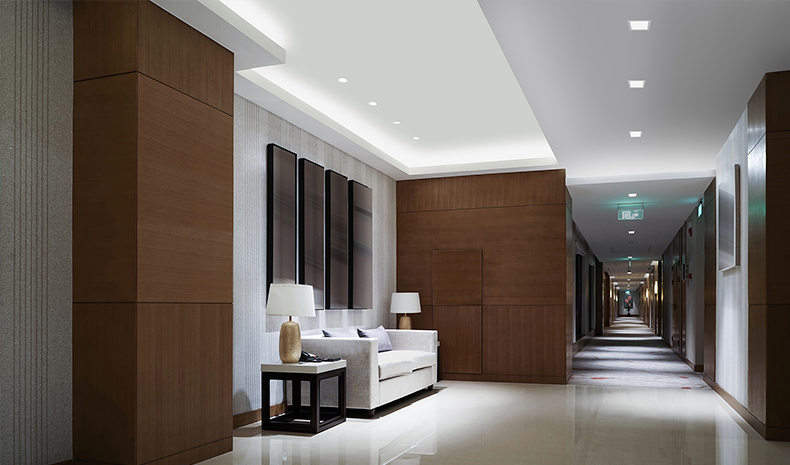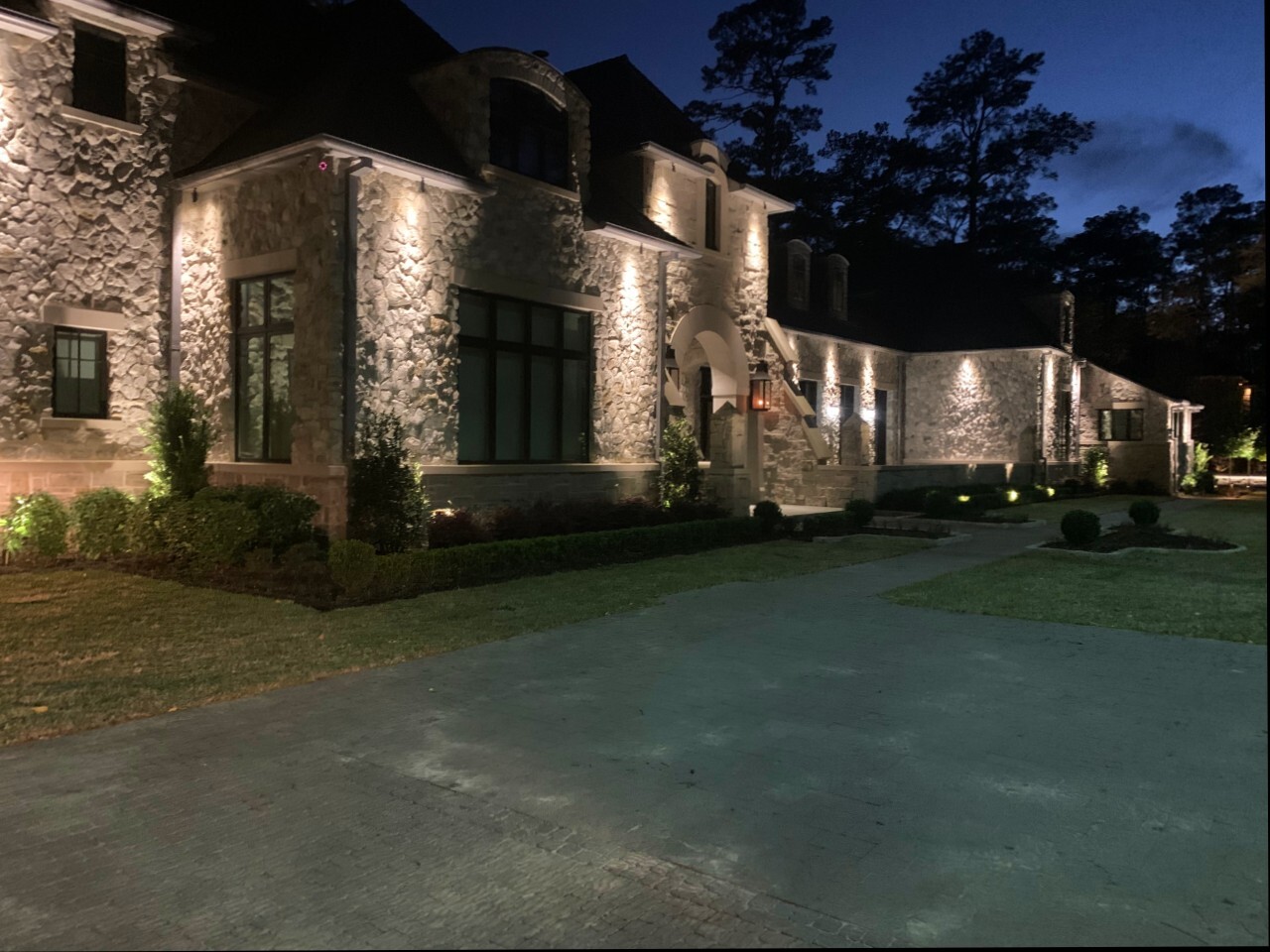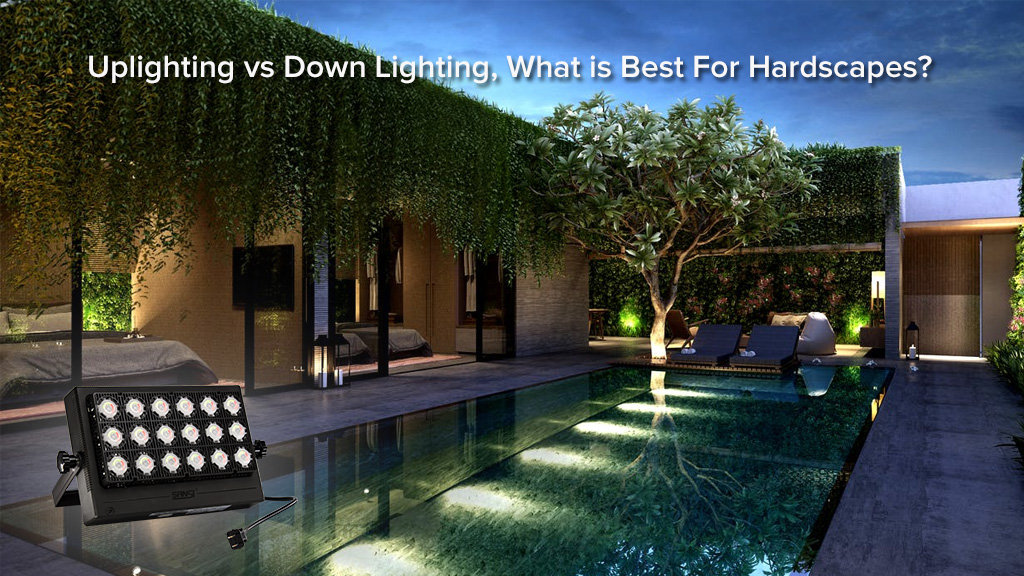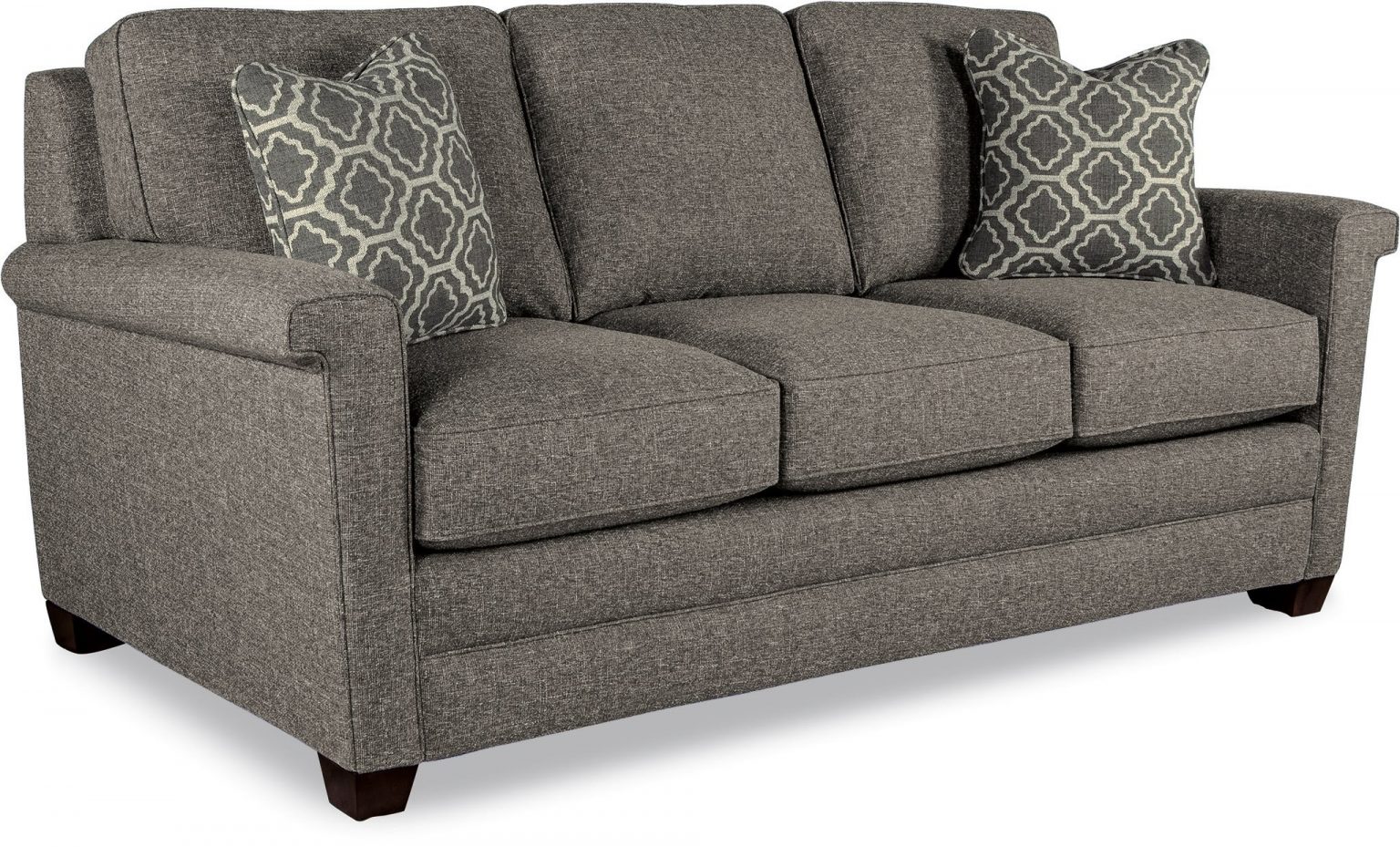When it comes to lighting up your dining room, there are many options to consider. Two popular choices are uplighting and downlighting, each with their own unique benefits and drawbacks. In this article, we will take a closer look at these two lighting techniques to help you decide which one is best for your dining room. Uplighting vs Downlighting: Which is Better for Your Dining Room?
Uplighting is a technique where lights are placed on the floor or at the base of walls, shining upwards to create a soft, diffused light. It can create a warm and inviting ambiance in a dining room, making it a popular choice for entertaining guests. However, the downside of uplighting is that it can create shadows and may not provide enough task lighting for activities such as reading or working at the dining table. On the other hand, downlighting involves placing lights on the ceiling, shining downwards to provide direct and focused light. This type of lighting is great for task-oriented activities and can also create a sleek and modern look in a dining room. However, the harsher light from downlighting may not be as flattering for social gatherings and can sometimes create a cold and sterile atmosphere. The Pros and Cons of Uplighting and Downlighting in a Dining Room
When deciding between uplighting and downlighting for your dining room, it's important to consider the function of the space and your personal preferences. If you frequently host dinner parties and gatherings, uplighting may be the better choice for creating a warm and inviting atmosphere. But if you use your dining room as a workspace or for other tasks, downlighting may be more practical. Another factor to consider is the size and layout of your dining room. Uplighting can make a smaller space feel more open and expansive, while downlighting can create a more intimate and cozy atmosphere in a larger room. It's also worth experimenting with a combination of both techniques to find the perfect balance of function and style for your dining room. How to Choose Between Uplighting and Downlighting for Your Dining Room
The type of ambiance you want to create in your dining room will also play a role in your lighting decision. If you prefer a more relaxed and cozy atmosphere, uplighting can help achieve this with its warm and diffused light. On the other hand, downlighting can create a more formal and elegant ambiance with its focused and direct light. Consider the overall aesthetic of your dining room and the mood you want to set when choosing between uplighting and downlighting. You can also use dimmers to adjust the intensity of the light and create different atmospheres for different occasions. Uplighting vs Downlighting: Which Creates a Better Ambiance in a Dining Room?
Aside from the direction of the light, there are other differences between uplighting and downlighting that may impact your decision. For example, uplighting tends to be more energy-efficient as the light is reflected off the ceiling and walls, while downlighting may require more fixtures and bulbs to achieve the desired level of brightness. Another consideration is the maintenance and replacement of bulbs. With downlighting, the bulbs are typically located on the ceiling, making them easier to access and replace. Uplighting may require more effort and possibly professional help to change bulbs, as they are often hidden behind furniture or in hard-to-reach areas. The Differences Between Uplighting and Downlighting for Dining Room Lighting
If energy efficiency is a top priority for your dining room lighting, uplighting may be the better option. As mentioned, the light is reflected off the ceiling and walls, which can help reduce the number of fixtures and bulbs needed. This can also lead to cost savings in the long run as you will be using less electricity. However, keep in mind that the type of bulbs used can also impact energy efficiency. LED bulbs are known to be more energy-efficient and longer-lasting compared to traditional incandescent bulbs. Whichever lighting technique you choose, be sure to opt for energy-efficient bulbs to reduce your carbon footprint and save on energy costs. Uplighting vs Downlighting: Which is More Energy Efficient for a Dining Room?
If you're having trouble deciding between uplighting and downlighting, why not incorporate both techniques into your dining room design? This can help create a dynamic and layered lighting effect, providing both ambient and task lighting. For example, you can use uplighting around the perimeter of the room for a soft and warm glow, and downlighting above the dining table for more focused light. Another idea is to use dimmers for both types of lighting to give you control over the intensity and ambiance of your dining room. You can dim the uplighting for a more intimate setting, and brighten the downlighting for tasks such as reading or working on a laptop at the dining table. How to Incorporate Uplighting and Downlighting in Your Dining Room Design
When it comes to task lighting, downlighting is the clear winner. The direct and focused light is ideal for activities that require good visibility, such as reading, writing, and working on projects at the dining table. Uplighting, on the other hand, may not provide enough light for these tasks and can create shadows and glare. If your dining room is primarily used for meals and gatherings, uplighting may be sufficient. But if you also use the space for work or other tasks, consider incorporating downlighting or a combination of both lighting techniques for optimal task lighting. Uplighting vs Downlighting: Which Provides Better Task Lighting in a Dining Room?
Finally, the aesthetics of uplighting and downlighting may also influence your decision. Uplighting can create a softer and more romantic ambiance, which may be more suitable for intimate dinners or special occasions. Downlighting, on the other hand, can give a more modern and sophisticated look to a dining room. Consider the overall style and design of your dining room when choosing between uplighting and downlighting. You want the lighting to complement the space and enhance its aesthetic appeal. The Aesthetics of Uplighting vs Downlighting in a Dining Room
Both uplighting and downlighting have their own unique advantages and can be versatile in different ways. Uplighting can make a small dining room feel more spacious, while downlighting can add a touch of elegance to a larger space. Uplighting can create a cozy and warm atmosphere, while downlighting is better suited for task-oriented activities. Ultimately, the versatility of each lighting technique will depend on your specific needs and preferences. Consider the function, size, and design of your dining room to determine which type of lighting will be most versatile for your space. Uplighting vs Downlighting: Which is More Versatile for a Dining Room?
The Impact of Uplighting and Downlighting in Dining Room Design
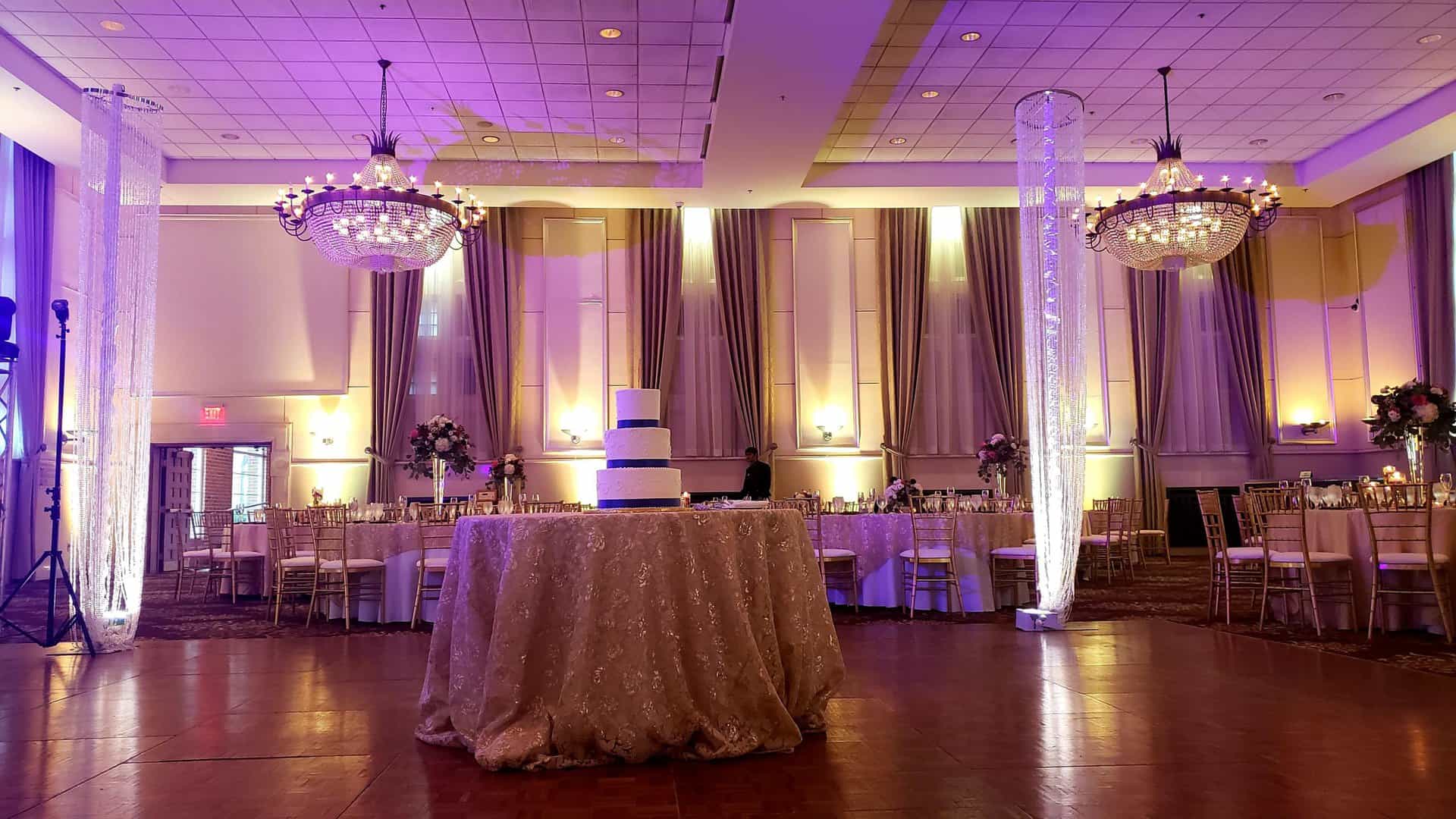
The Role of Lighting in House Design
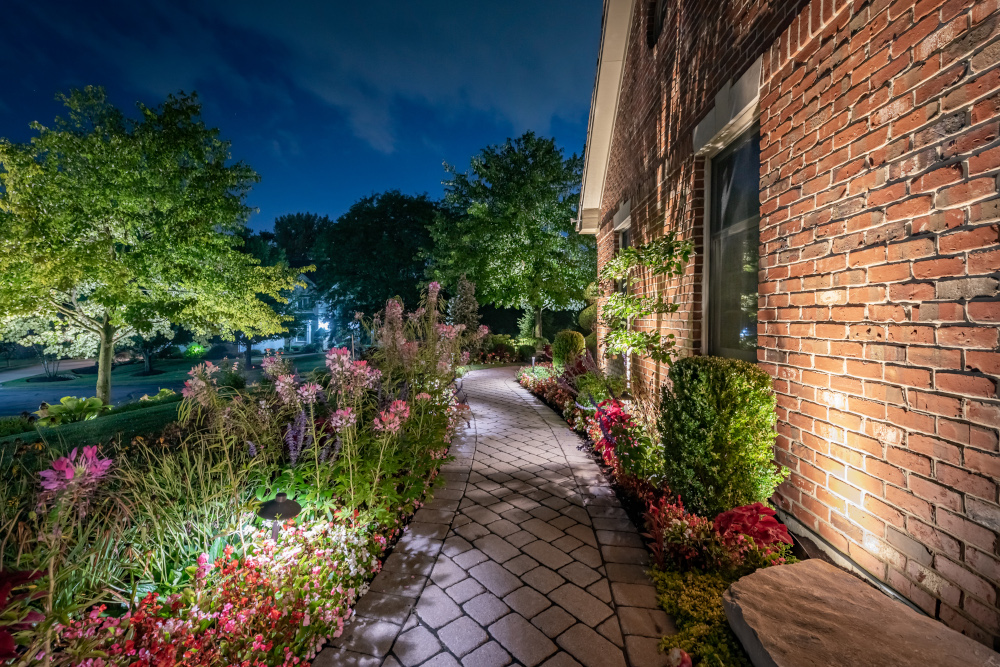 Lighting plays a crucial role in interior design, as it has the power to transform the look and feel of a space. When it comes to dining rooms, the right lighting can create a warm and inviting atmosphere for gatherings with family and friends. However, with so many options available, it can be overwhelming to decide on the best type of lighting for your dining room. Two popular options that are often compared are
uplighting
and
downlighting
. Let's take a closer look at these two techniques and how they can impact your dining room design.
Lighting plays a crucial role in interior design, as it has the power to transform the look and feel of a space. When it comes to dining rooms, the right lighting can create a warm and inviting atmosphere for gatherings with family and friends. However, with so many options available, it can be overwhelming to decide on the best type of lighting for your dining room. Two popular options that are often compared are
uplighting
and
downlighting
. Let's take a closer look at these two techniques and how they can impact your dining room design.
The Difference Between Uplighting and Downlighting
 Uplighting
refers to lighting fixtures that are installed on the floor and point upwards, illuminating the walls and ceiling. This technique can create a soft and ambient light, as the light is reflected off the surfaces. On the other hand,
downlighting
involves lighting fixtures that are installed on the ceiling and point downwards, providing direct light onto the dining table. This type of lighting can create a more focused and intimate atmosphere.
Uplighting
refers to lighting fixtures that are installed on the floor and point upwards, illuminating the walls and ceiling. This technique can create a soft and ambient light, as the light is reflected off the surfaces. On the other hand,
downlighting
involves lighting fixtures that are installed on the ceiling and point downwards, providing direct light onto the dining table. This type of lighting can create a more focused and intimate atmosphere.
Choosing the Right Lighting for Your Dining Room
 When it comes to deciding between uplighting and downlighting for your dining room, there are a few factors to consider. The first is the
size
of your dining room. If you have a larger dining room, downlighting may be a better option as it can provide more direct light onto the entire table. However, for smaller dining rooms, uplighting can create a more spacious and airy feel.
Another factor to consider is the
function
of your dining room. If your dining room is mainly used for formal dinners and gatherings, downlighting can create a more elegant and intimate atmosphere. On the other hand, if your dining room is used for everyday meals and activities, uplighting can provide a more casual and inviting feel.
When it comes to deciding between uplighting and downlighting for your dining room, there are a few factors to consider. The first is the
size
of your dining room. If you have a larger dining room, downlighting may be a better option as it can provide more direct light onto the entire table. However, for smaller dining rooms, uplighting can create a more spacious and airy feel.
Another factor to consider is the
function
of your dining room. If your dining room is mainly used for formal dinners and gatherings, downlighting can create a more elegant and intimate atmosphere. On the other hand, if your dining room is used for everyday meals and activities, uplighting can provide a more casual and inviting feel.
The Impact of Uplighting and Downlighting on Overall Design
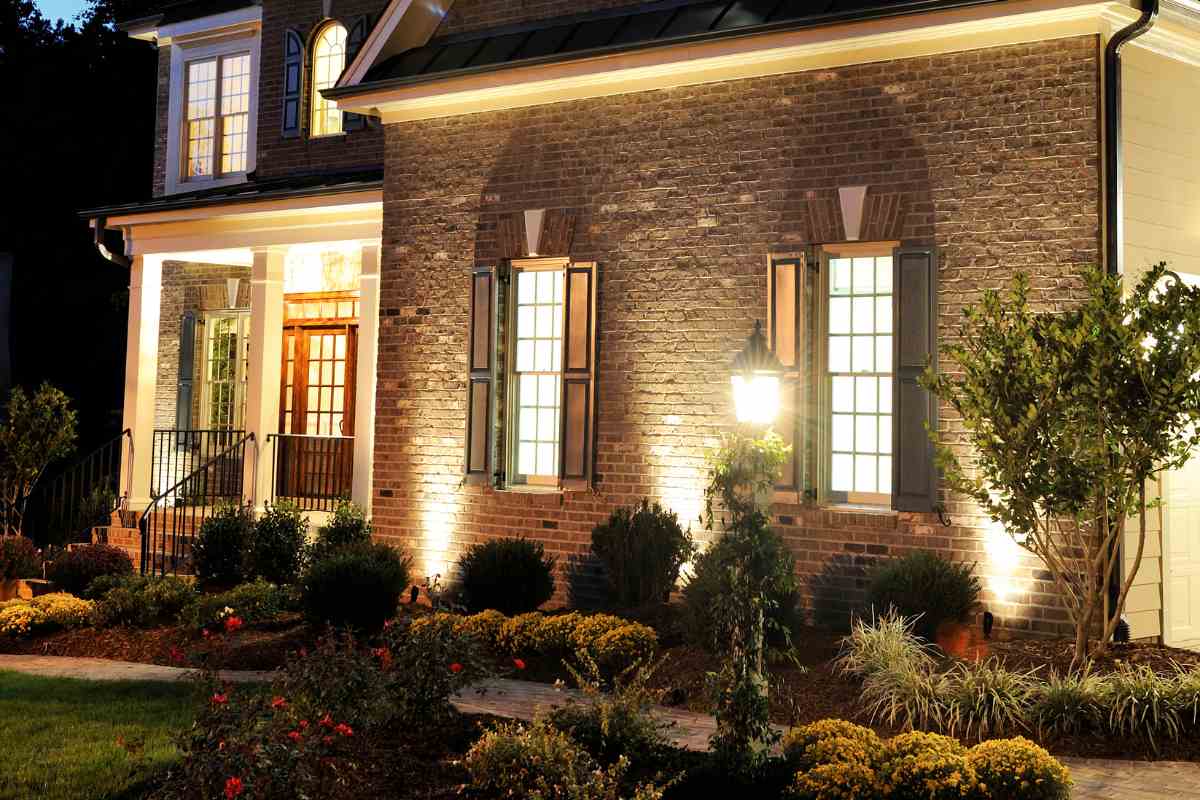 Aside from the practical considerations, it's important to also think about the
aesthetic impact
of uplighting and downlighting. Uplighting can create a sense of height and drama in a dining room, making it a great choice for rooms with high ceilings. Downlighting, on the other hand, can create a cozy and intimate atmosphere, perfect for smaller dining rooms or rooms with lower ceilings.
In terms of
style
, both uplighting and downlighting can complement different design themes. For a more traditional or formal dining room, downlighting can provide a classic and elegant touch. For a modern and contemporary dining room, uplighting can add a unique and dramatic element.
Aside from the practical considerations, it's important to also think about the
aesthetic impact
of uplighting and downlighting. Uplighting can create a sense of height and drama in a dining room, making it a great choice for rooms with high ceilings. Downlighting, on the other hand, can create a cozy and intimate atmosphere, perfect for smaller dining rooms or rooms with lower ceilings.
In terms of
style
, both uplighting and downlighting can complement different design themes. For a more traditional or formal dining room, downlighting can provide a classic and elegant touch. For a modern and contemporary dining room, uplighting can add a unique and dramatic element.
In Conclusion
 Ultimately, the decision between uplighting and downlighting for your dining room comes down to personal preference and the specific design elements of your space. Both techniques can have a significant impact on the overall look and feel of your dining room, so it's important to consider all factors carefully. Whichever option you choose, proper lighting can enhance the beauty and functionality of your dining room, making it a space that you and your guests will truly enjoy.
Ultimately, the decision between uplighting and downlighting for your dining room comes down to personal preference and the specific design elements of your space. Both techniques can have a significant impact on the overall look and feel of your dining room, so it's important to consider all factors carefully. Whichever option you choose, proper lighting can enhance the beauty and functionality of your dining room, making it a space that you and your guests will truly enjoy.



